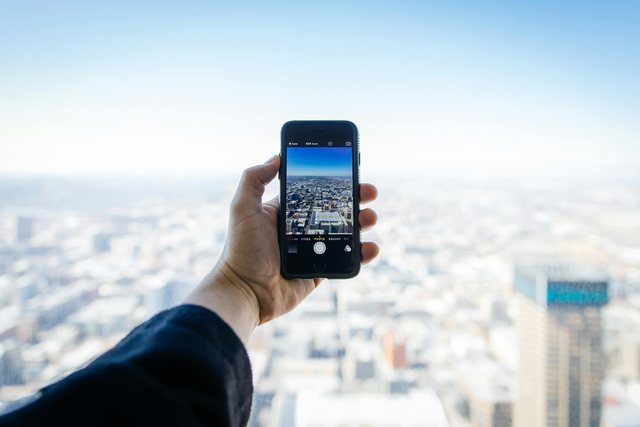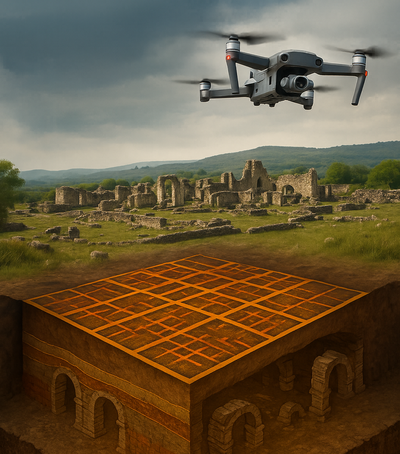
A smart city is not just about technology—it’s about how data is turned into better services, cleaner air, and time saved. On the streets, sensors measure traffic, air quality, noise, and light, while in the water network they detect leaks in the early hours without the need for interruptions. Smart bins signal when they need to be emptied, bicycle and pedestrian flows are calculated in real time to reconfigure lanes, and operations centers coordinate everything with digital maps of the city.
Energy is at the heart of the transformation. Public buildings are switching to high-efficiency systems (LEDs, heat pumps, automatic management), roofs are covered with solar panels, and local microgrids store energy in batteries for peak hours. Customers receive dynamic tariffs that encourage them to save when the grid is busy, while performance contracts finance improvements at no immediate cost to taxpayers. The result is fewer emissions and lower bills.
Clean transportation makes the city feel more peaceful. Electric buses are charged at terminals or fast-track stations along the route, “smart” traffic lights give them priority when they are late, and apps show in seconds when the next vehicle is coming. Public bike and scooter networks are connected to the metro and trains, ticketing is unified on one account, bike courses continue uninterrupted at major hubs, and urban logistics is shifting towards electric vans and cargo bikes for the “last mile.”
Street lighting is becoming smarter: LED lamps save energy and, with motion sensors, turn on brighter when pedestrians or cyclists approach and dim when the road is empty. This increases safety without light pollution and reduces costs. In parallel, environmental management uses weather stations and flood sensors to predict storms, while green roofs and new trees reduce the “heat island” in summer.
Smart cities only work when they are fair. This means privacy “by design” (minimized data, edge processing, anonymization), open standards to avoid lock-in to a single provider, and citizen involvement in the design: public meetings, rapid prototyping in neighborhoods, citizen panels that assess impact. Services should be accessible even without a smartphone—through public screens, kiosks, and phone lines—so that no one is left behind.
To get started, cities choose a pilot corridor (e.g., an electric bus hub with adaptive lighting and smart signage), set measurable goals (emission reduction, travel time, energy savings), and publish results data on an open portal. If pilots meet targets, they are expanded in phases; if not, reconfiguration is done quickly without “burying” budgets. This simple approach—sensors that measure, algorithms that help, clean energy that supplies, and smooth transportation that connects—turns the idea of the “smart city” into tangible benefits for everyone.
Photo Credits (Henry Marsh):
https://www.pexels.com/photo/person-holding-smartphone-58625/





